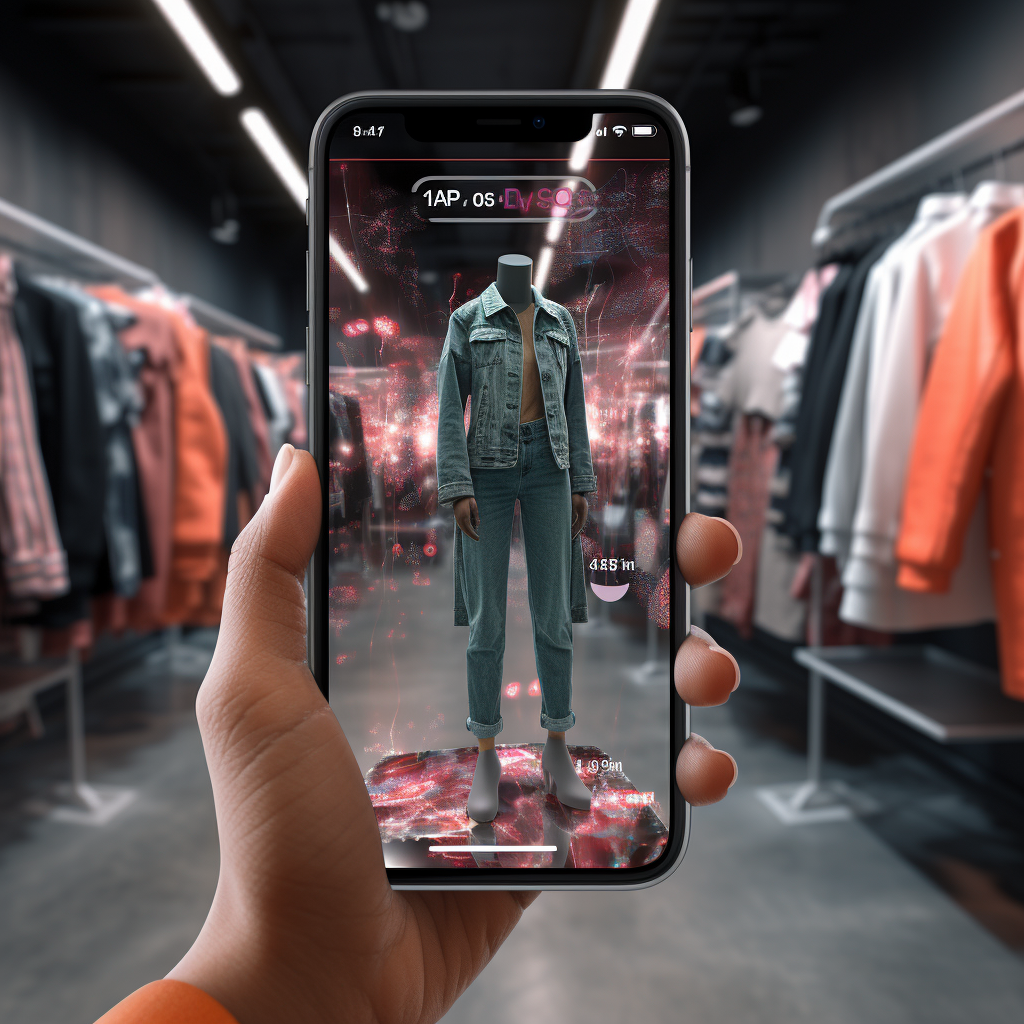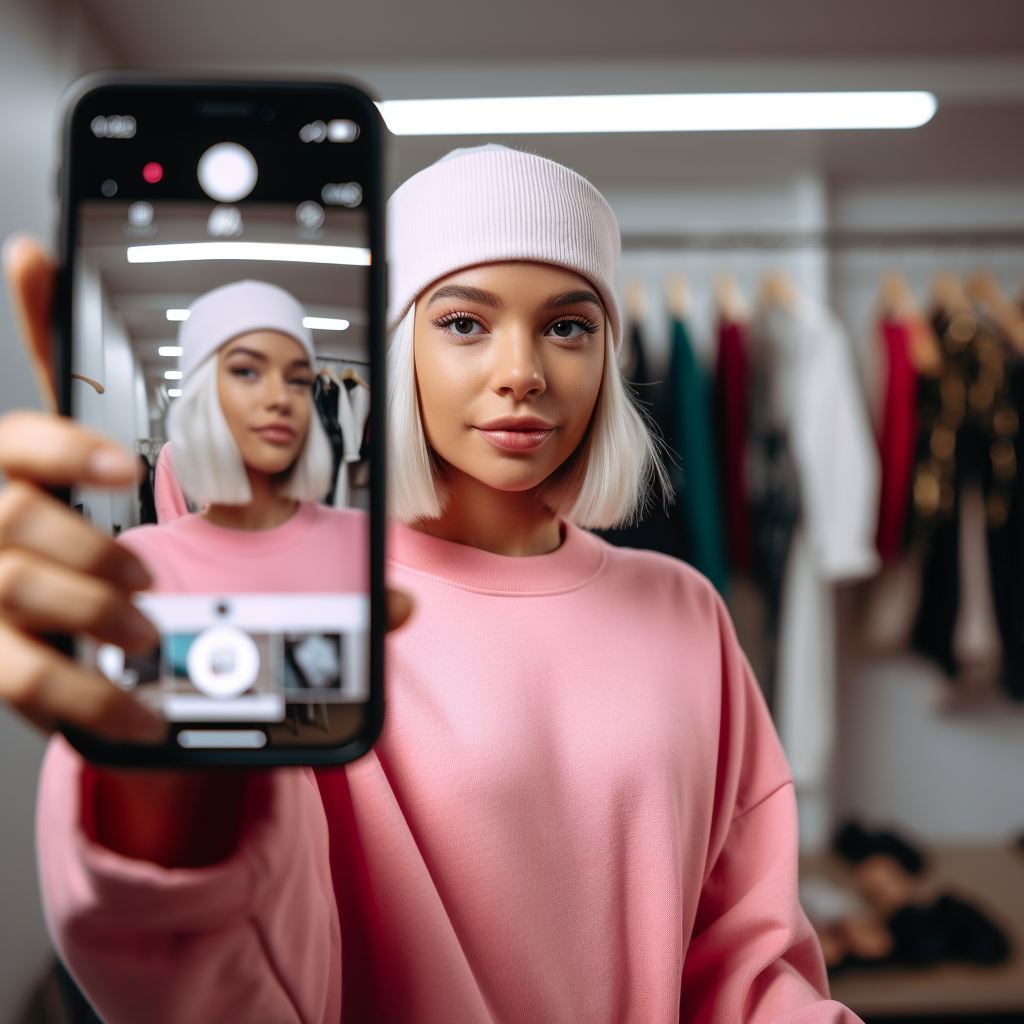As technology continues to advance at a rapid pace, the e-commerce industry, especially in the fashion sector, is constantly evolving to meet changing customer preferences and expectations. The year 2023 marks a pivotal juncture in the world of e-commerce fashion, where technology, sustainability, personalization, and social engagement converge to redefine the industry. As consumers increasingly seek convenience, authenticity, and eco-conscious choices, e-commerce stores are adapting to meet these evolving demands.
Personalization and Recommendations:
Personalization is a key trend in the e-commerce fashion industry in 2023. Companies are investing in advanced artificial intelligence technologies that allow them to gather data on customer preferences and deliver personalized product recommendations. This approach increases conversions, enhances the shopping experience, and builds customer loyalty. Examples include personalized email recommendations and customized homepages based on a customer's previous purchases.
Personalization goes beyond recommending products; it now extends to allowing customers to add their personal touch. Brands are offering customization options, allowing shoppers to create unique pieces with personalized prints, monograms, or messages. Whether it's a custom-designed t-shirt, sneakers with your name, or a bag featuring your artwork, the possibilities are endless.
Some companies take personalization to the next level by embracing E-COMMERCE FASHION: WHAT'S TRENDING IN 2023 options, addressing a common challenge in the fashion industry where standard sizes often fail to deliver the perfect fit, although for these personalized options, customers may incur an additional cost.
Sustainable Fashion:
Sustainable fashion is no longer just a trend; it's now a pressing demand among conscientious consumers. This shift stems from increased awareness of fashion's severe environmental impact and the exposure of unethical practices in 'fast fashion.' As this awareness grows, e-commerce stores offering eco-friendly and ethical products gain traction.
Companies invest in recycled materials, reduce their environmental footprint, and promote sustainability. Brands use renewable materials like organic cotton, hemp, or bamboo, which are eco-friendly due to reduced water and chemical use. These brands prioritize fair labor practices, ensuring ethical treatment and fair pay for workers.

Innovative companies even turn discarded plastic bottles into quality fabrics, cutting plastic waste. Sustainability-focused e-commerce stores assess supply chains, seeking ways to minimize environmental impact, such as local sourcing and water-saving technologies. They also adopt eco-friendly packaging and promote recycling, fostering responsible consumption.
The fashion industry's shift towards sustainability is fueled by innovative approaches and a strong commitment to ethical and environmental principles. E-commerce stores championing eco-friendly and ethical practices lead the way towards a more responsible fashion future.
AR and VR in Online Shopping:
Augmented Reality (AR) and Virtual Reality (VR) are increasingly prevalent in the fashion industry, significantly enhancing the online shopping experience. Thanks to these technologies, customers can virtually try on clothes before making a purchase, thereby increasing confidence in online shopping. Shoppers can interact with digital avatars or overlays that showcase their chosen clothing items in real-time, enabling them to make informed decisions. This ranges from checking how a dress drapes to assessing how sneakers complement an outfit virtually limitless possibilities.
Furthermore, interactive product presentations powered by VR technology transport customers into immersive digital environments. Brands create virtual showrooms or runway experiences that allow shoppers to explore collections in a visually stimulating and engaging way. Customers can examine clothing from every angle and appreciate intricate details that might go unnoticed in traditional online shopping. VR not only elevates the aesthetic appeal but also provides a richer context for understanding a brand's ethos and story.

As AR and VR continue to evolve and become more accessible, they are poised to revolutionize online fashion retail. They bridge the gap between the physical and digital worlds, instilling confidence in online shoppers while fostering deeper connections between consumers and brands.
Micro-Influencers:
In the world of social media, micro-influencers are gaining significance. Companies are collaborating with smaller influencers who have a more engaged audience, leading to more authentic marketing campaigns and increased customer trust. Micro-influencers also shine in the realm of product reviews and endorsements. Their thorough and honest evaluations of products resonate strongly with their followers, who appreciate the transparency and authenticity in these assessments. Whether it's an in-depth review of a skincare product or a demonstration of how to use a new gadget, micro-influencers are able to convey their experiences and insights in a relatable manner.

As the trend of collaborating with micro-influencers continues to grow, it underscores a shift in the social media marketing landscape towards more genuine, trust-based connections with consumers. These influencers have demonstrated that the impact of marketing campaigns extends far beyond follower count, emphasizing the importance of meaningful engagement and authentic connections in today's digital age.
Mobile Commerce:
The advent of mobile commerce, often referred to as m-commerce, has reshaped the e-commerce landscape. As mobile devices become an integral part of our daily lives, their role in the shopping process has evolved significantly. To stay competitive and meet the evolving needs of consumers, e-commerce stores are prioritizing the delivery of an optimal shopping experience on smartphones and tablets.
An excellent example of this trend is the emergence of touchscreen-optimized websites. These websites are designed to facilitate effortless navigation on mobile devices, allowing users to browse, select, and purchase products with ease. Gesture-based interfaces and intuitive layouts are becoming the norm, making the shopping journey more engaging and user-centric.

Furthermore, mobile payments have become a hallmark of the m-commerce era. With the advent of mobile wallets and payment apps, consumers can complete transactions quickly and securely using their smartphones. This convenience is a game-changer, as it streamlines the checkout process, reduces friction, and enhances the overall shopping experience. Examples include payment methods like Apple Pay, Google Pay, and various banking apps that allow users to make purchases with a simple tap or fingerprint scan.
Same-Day Delivery and Drone Delivery:
In the fast-paced world of e-commerce, the race for quicker and more convenient delivery options is driving innovation at an unprecedented pace. Two notable advancements on this front are same-day delivery and drone delivery (especially in USA), both of which are reshaping the way customers receive their online purchases.
Same-day delivery is rapidly gaining popularity, especially in densely populated urban centers. Customers, accustomed to instant gratification, increasingly expect the option to receive their orders within hours of placing them. This trend has given rise to courier services that specialize in speedy, often same-day deliveries. For instance, in metropolitan areas, customers can now receive groceries, electronics, or even clothing just a few hours after making a purchase. This level of convenience not only meets customer expectations but also encourages impulse buying and enhances the overall online shopping experience.
Meanwhile, drone delivery, while still in its experimental stages in many regions, represents the cutting edge of e-commerce logistics. Drones have the potential to revolutionize the last-mile delivery process by offering unmatched speed and efficiency.
As we navigate this dynamic landscape, one thing is clear: the e-commerce fashion industry is evolving rapidly, driven by a commitment to enhancing the customer experience, embracing sustainability, and staying at the forefront of technological innovation. The trends outlined here are not fleeting; they represent the future of fashion e-commerce, shaping a more personalized, sustainable, and engaging shopping experience for consumers worldwide.






